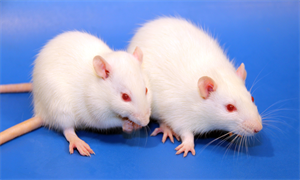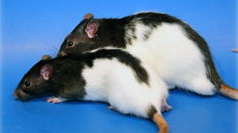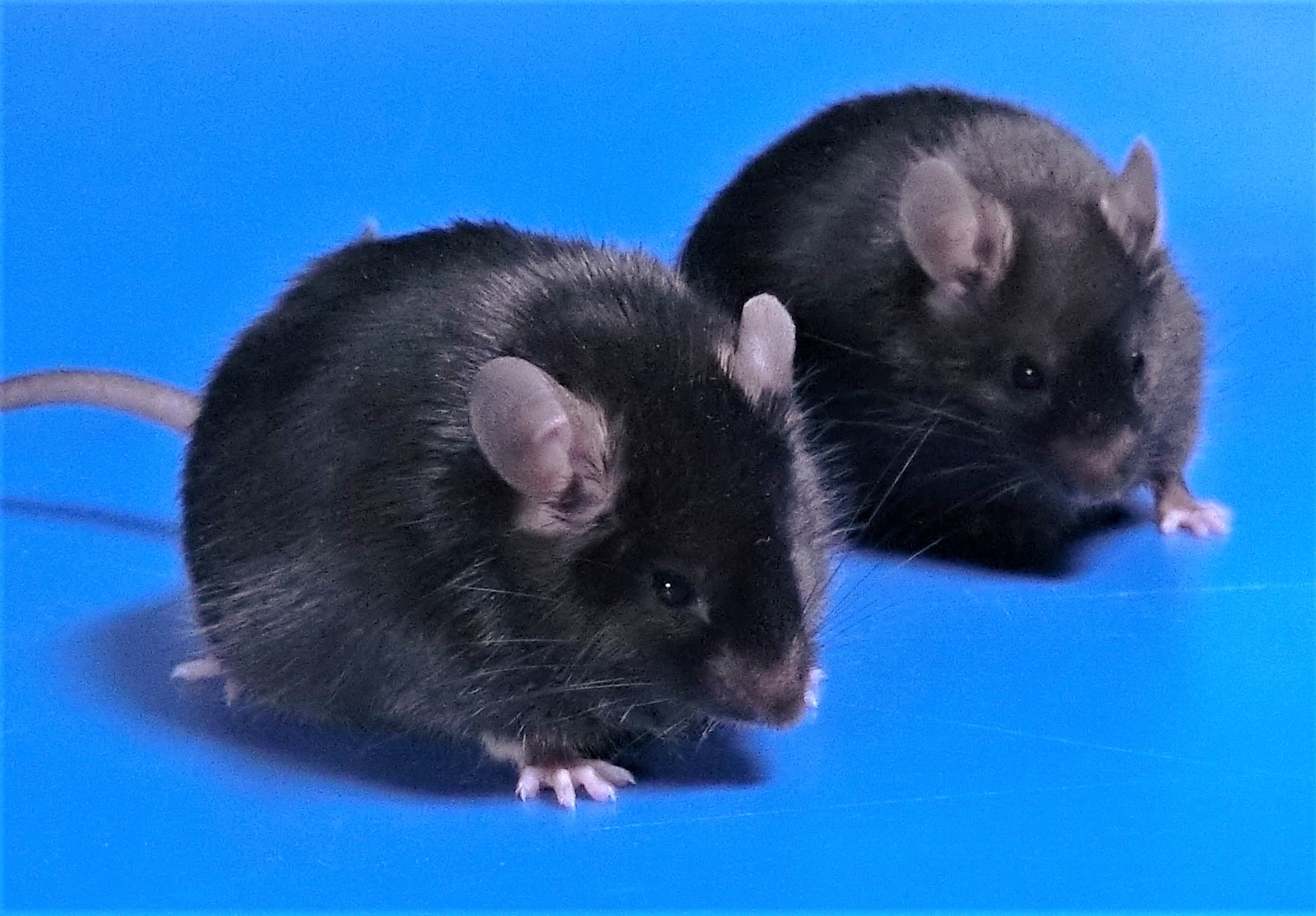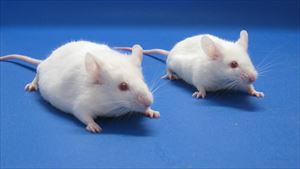|
|
 |
| |
HOME > Laboratory Animals |
| |
 The following laboratory animals are available at IAR. The following laboratory animals are available at IAR.
Please contact us should you have any questions such as exports.

 
Iar: Wistar-Imamichi
・Description
Females 8 or more weeks of age show 4-day-estrous-cycle under certain conditions (see “other information” of “a basic manual as for breeding rats)
Since the signs of estrus are clear and the ovulation time is concentrated in the midnight, it is quite useful for experiments on reproduction.
You can specify the weight and date of birth for both males and females.
・Origin
The origin of Wistar-Imamichi rat is Wistar Institute Standard Strain Lot No. 1359. This was introduced by the Wistar Institute to the University of Tokyo in 1938.
This was established by Dr. Tomonori Imamichi as 4-day estrous cycles, precocious, prolific, and a gentle character. Then, this strain was named Wistar-Imamichi and was introduced to the Institute for Animal Reproduction in 1964.
・Characteristics
Females 8 or more weeks old show 4-day-estrous-cycle under certain conditions.
The ovulation time is uniform, and most individuals ovulate from 22:00 to 24:00 on the day when the first estrus is confirmed.
Very mild nature.
・Coat color
White (albino)
・Ideal for
Due to its excellent reproductive properties, it is used in bioassay tests and reproductive field research.
・List of papers (Work in progress)
・Data

Iar: Long-Evans
・Description
You can specify the weight and date of birth for both males and females.
・Origin
This strain is established by Dr. Long and Dr. Evans in 1915. This traces
its roots to Monash University to Tohoku University in 1984; to the Institute
for Animal Reproduction through acquisition in 1996.
・Characteristics
It is a relatively large colored rat with excellent fertility.
It is maintained in a closed colony of the circulation mating method, which is designed to delay inbreeding as much as possible.
・Coat color
White with black hood
・Ideal for
Long-Evans rats are used in fields such as ethology, psychology, and neuroscience
that are supposed to be extrapolated to humans.
・List of papers (Work in progress)
Ethology (No.1, 2, 3, 7, 10, 15, 16, 21, 23, 23, 25, 29, 30, 36, 53, 70,
71)
Psychology (No.5, 8, 9, 13, 20, 27, 32, 33, 46, 48)
Biotechnology (No.4, 22)
Physiology (No.26, 31)
Neurology (No.14, 28, 34, 37, 38, 39, 40, 42, 44, 45, 47, 51, 52, 54,
61, 69)
Reproductive science (No.11, 17, 19, 49, 50, 62, 64, 65, 66, 67, 72)
Medical (No.6, 12, 18, 35, 41, 43, 55, 56, 57, 58, 59, 60, 63, 68)
・Data
 
C57BLKS/J Iar-+Leprdb/+Leprdb
・Description
db/db mouse is a spontaneous type 2 diabetes model animal (single gene disorders).
This strain is used for pathogenesis research, drug development and evaluation of diabetes and complications.
・Origin
In 1985, the db mouse was introduced to the Institute for Animal Reproduction from Hamamatsu University School of Medicine.
・Characteristics
This strain is a spontaneous type 2 diabetes model animal.
Due to abnormalities in the leptin receptor, both males and females exhibit overeating, obesity, and persistent hyperglycemia.
・Coat color
Black (hmo and hetero)
Grey (misty)
・Ideal for
Pathogenesis studies of diabetes and complications
Drug development and evaluation
・Notices:
Before shipping, we can measure blood sugar level and/or urine sugar and provide mice with certain range (charged). Please contact us if you wish so.
Homo is in stock for both males and females.
・List of papers (Click here)
・Data

TSOD/TSNO mouse
・Description
TSOD mouse is spontaneous type 2 diabetes model animals (multifactorial diseases).
This strain is used for experiments on the etiology of metabolic syndrome, non-alcoholic steatohepatitis, and evaluate foods and medicines.
・Origin
The origin of TSOD mouse is ddy mouse. In 1984, six animals, which were
observed as obesity and diabetes, from ddY mice were accidentally discovered
by Dr. Wataru Suzuki at the Tsumura & Co. With these male mice and
ddY female mice, they were sib-mated repeatedly. The weight and sugar in
urine were assumed as indexes, and TSOD mouse was established in 1992.
In the same year, TSNO mouse , a control animal of TSOD, was also established.
・Characteristics
Male TSOD mouse spontaneously indicates obesity and diabetes with high probability, and plural genes participate in obesity and blood-sugar level. Diabetes develops only in a male TSOD mouse, not female one.
・Coat color
White(albino)
・Ideal for
Pathogenesis studies on metabolic disorders such as obesity, metabolic syndrome, and non-alcoholic steatohepatitis.
Evaluation of drugs and foods.
・List of papers (Click here)
Foods(No.1, 5, 7, 14, 15, 19, 23, 24, 27, 28, 33, 34, 36, 37, 38, 39, 40, 41, 42, 43, 45, 47, 50)
Metabolic syndrome(No.2, 9, 18)
Obesity, diabetes(6, 10, 12, 13, 17, 20, 21, 25, 26, 30, 32, 35, 44, 46, 48, 49, 53, 54, 55, 56, 57, 58)
Metabolic liver disease(No.4, 8, 11, 22, 29, 31)
Medical(No.3, 16, 51, 52)
・Data

- November, 2025
- October, 2025
- September, 2025
- August, 2025
- July, 2025
- June, 2025
- May,2025
- April, 2025
- March, 2025
- February, 2025
- January, 2025
- December, 2024
- November, 2024
|
 |
 |
 |
| |
|
 |
 |
| |
Copyright(C) 2021 IAR. All Rights Reserved. |
|